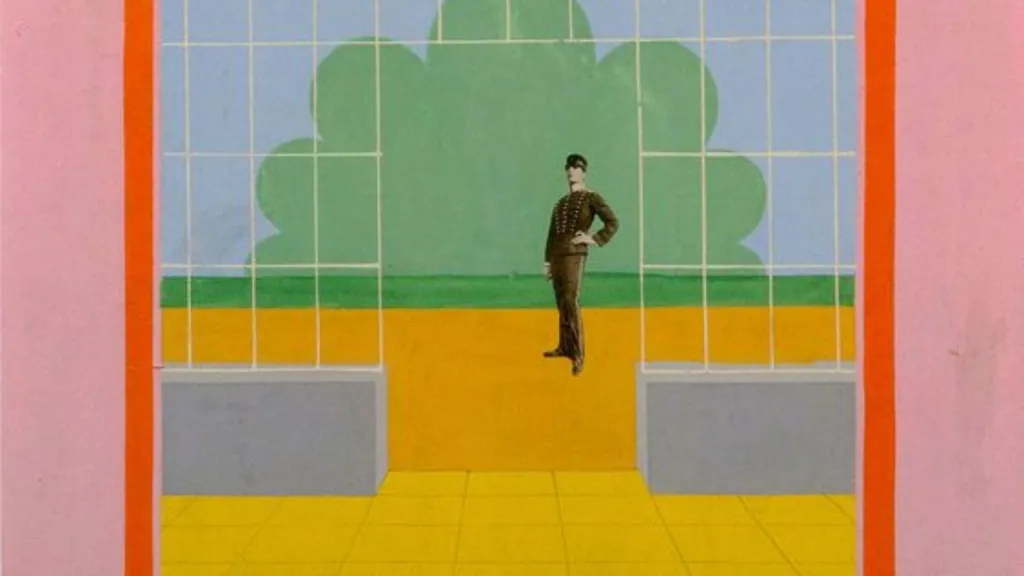
Alexander Schawinsky was a Swiss designer born in Basel. He studied painting and architecture in Zürich, Cologne, and Berlin. He was at the Bauhaus in Germany between 1924 and 1925.
Professional Career
Between 1926 and 1927, he was a theatre designer in Zwickau. Following that, he was a Graphic Designer for the city of Magdeburg.
Moved to Italy
In 1933, he moved to Italy, becoming an illustrator and graphic designer in Milan, notably for Olivetti and Motta.
Black Mountain College, North Carolina
In 1936, he was invited by Joseph Albers, and he settled in the USA, teaching at Black Mountain College in North Carolina.
Schawinsky collaborated with Walter Gropius and Marcel Bruer on the 1939 ‘New York World’s Fair’ and Luigi Fugini and Gino Pollini on the 136 Studio 42 portable typewriter for Olivetti.
In 1950, he began to paint and set up a studio near Lake Maggiore (Italy), allowing him to work in New York and Italy.
Selection of his Work
More on Swiss Designers
Related Articles
Discover more from Encyclopedia of Design
Subscribe to get the latest posts sent to your email.





